The nuances of growing potatoes in bags
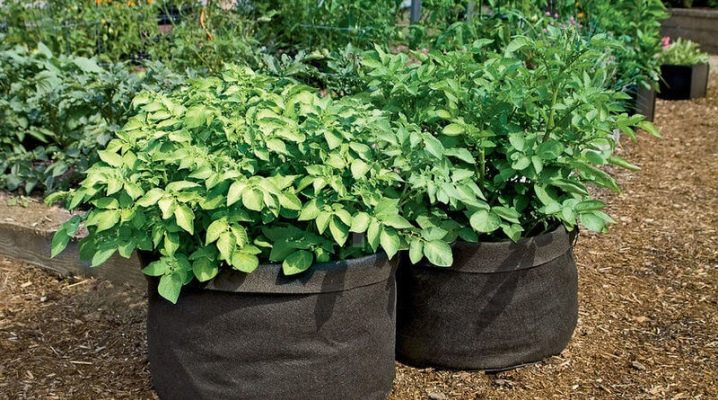
The agricultural technology for growing potatoes in bags is one of the most non-standard. In the article we will tell you the pros and cons of the process, all the intricacies from planting to harvesting.
Advantages and disadvantages
The method of growing potatoes in bags needs to be followed correctly. It is used mainly on marginal, swampy soil or areas of a small area.
Such cultivation is successfully used in European countries. It demands freedom of access to baggy ridges. It may seem inconvenient and time-consuming to someone in comparison with the typical planting of a vegetable in open ground.
A distinctive feature of agro-methodology is the planting of tubers in pre-prepared containers with soil. In them, you can germinate and grow a crop before harvesting.
The technique is also different from planting plants in barrels and boxes. In comparison with these techniques, potatoes are planted not in diameter or staggered, but in the center.
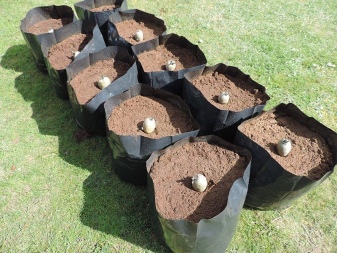
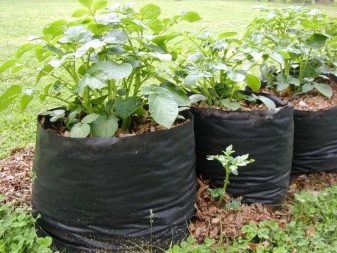
This cultivation is considered container and is used when there is a shortage of space to obtain the maximum yield. It is better to place bags in any well-lit area of a private house or summer cottage.
You can place containers along the garden paths, porch, outdoor terrace, around the house. The technique is good for growing crops in the absence of a land plot. In this way, you can grow a culture on the balcony or loggia of a city apartment.
Potatoes are unassuming to care for. Bushes in bags do not need to be healed. In the best case, it is enough just to add a little earth. Due to the lack of weeds, there is no need for weeding.
Due to the isolated environment, the culture grown in bags is not afraid of the Colorado potato beetle and other harmful insects. The substrate warms up well under the sun, moisture does not stagnate in the burlap.
If the technology is followed, it is possible to harvest a healthy crop. For bags, soil from the garden is suitable. In this case, seedlings appear faster, and the stems grow especially powerful.
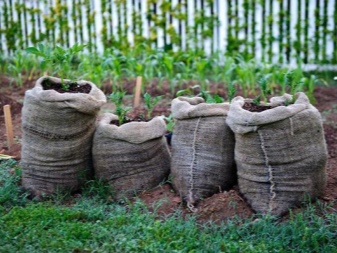
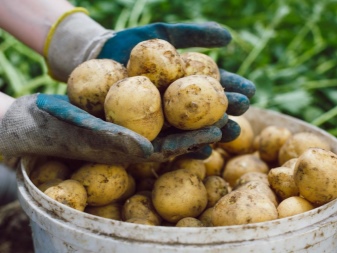
Along with the advantages, the technique has several disadvantages. In the heat, the soil can dry out. To maintain a normal microclimate, it must be constantly fertilized, watered, and fed.
All of this comes at a cost. Sometimes ants are found in containers, which have to be urgently dealt with. Often you have to buy nutritious soil and special bags, which are not cheap.
Variety selection
Experienced gardeners and summer residents recommend using unpretentious crop varieties with a large root crop for planting. To achieve high yields, it is worth giving preference to early varieties.
The optimal solution would be to plant the German Bellaros, the Dutch variety Sante, Kievsky Svitanka, and the domestic Slavyanka.

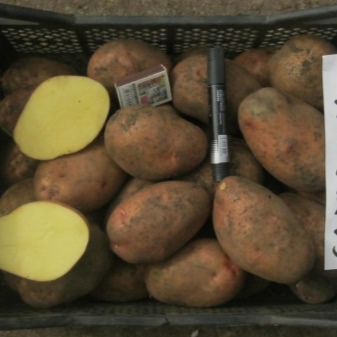
Bag selection
Different bags are suitable for planting vegetables. Someone uses for these purposes dense bags for disposal of garbage, containers for sugar or flour.
Other summer residents are trying to use old burlap with minimal holes. Particularly household private traders plant potatoes in ordinary medium-sized shuttle bags.
Also, for planting, they buy bags intended for this with a valve for choosing tubers. For greater stability, the selected type of containers is slightly buried in the soil or installed near the supports.
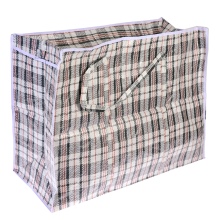
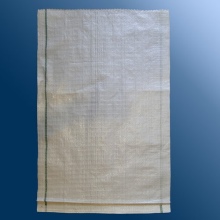
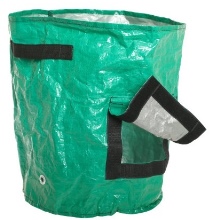
Material matters: textiles and paper products are not suitable due to soaking and decay. It is better to use braided polypropylene products. They are particularly durable and breathable.
When using traditional trash bags, pierce them with an awl to allow water and air to pass through. The presence of a valve allows individual tubers to be selected and the bag closed again for further growth.
For the southern regions, white products are needed. When using old sackcloths, they need to be pre-cleaned. Garden bags are ideal for planting. They do not need slots and openings for ventilation and drainage.
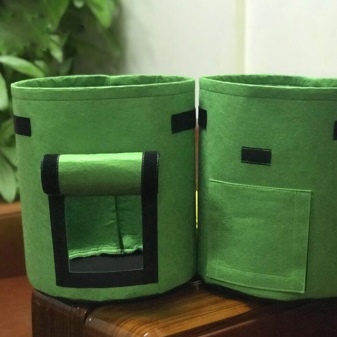
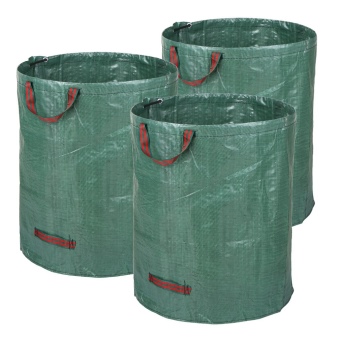
Preparation
Before planting the tubers, you need to properly prepare the soil. The soil should be nutritious and light, heavy and clayey will not work.
You cannot use the land on which nightshade crops used to grow (tomatoes, eggplants, peppers). Before mixing the ingredients, the soil is sieved and steamed.
If necessary, antiparasitic treatment is performed. Manually get rid of the wireworm, bear. In addition to them, the roots of other plants are removed.

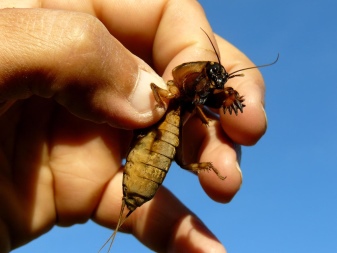
For each bag, a mixture is prepared, consisting of a bucket of fertile soil from the garden, a bucket of humus, 2 liters of sand and wood ash. During preparation, large stones and branches are removed from the soil.
For planting, use healthy tubers weighing up to 100 g. Before planting, they are treated with mineral fertilizer. Someone prefers to warm up and germinate with regular spraying.
You can treat the selected tubers with ash, rich in potassium, phosphorus and other trace elements.
If desired, a couple of weeks before planting, the tubers are placed in a garlic infusion, then dried in a ventilated room.
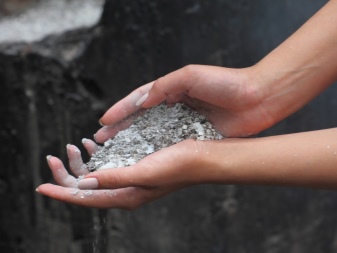
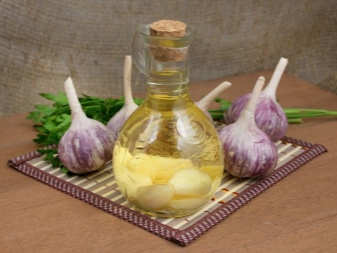
Landing technology
It is better to plant potatoes in late April - early May, when the heat becomes stable. In this case, the bags can be placed close or with a small distance from each other.
For this, a 0.15 m thick drainage layer is created on the bottom of each container. To avoid stagnant moisture, it is better to use fine cobblestones, gravel or crushed stone.
A prepared soil mixture with a height of 0.3 m is poured over the drainage. It is lightly tamped. Then a couple of potato tubers are placed on the surface. When using sprouted root crops, they are placed sprouts up.
A layer of earth 15-20 cm high is poured on top of the potatoes. After that, the soil is moistened with lukewarm water. In a moderately humid environment, germination will occur faster.
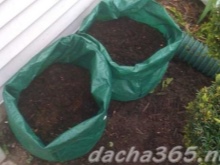
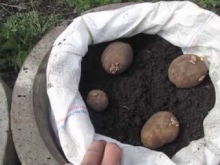
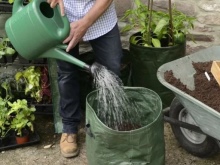
The potatoes planted outside are covered. Each bag is covered with a covering material that will slow down the evaporation of moisture. The plant does not need watering for two weeks.
If growing technology using mulch is used, proceed in a different way.
First, fill the container 1/3 with prepared compost, humus, rotted foliage or black soil and ready-made soil mixture. Then, 1-2 sprouted tubers are placed in the center.
Ground up to 5 cm high is poured over the tubers. After moderate watering, the planting cake is mulched with straw or grass.
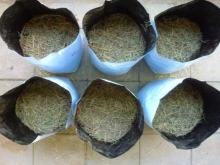

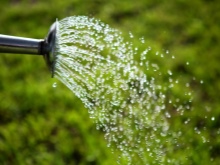
In addition to these growing methods, you can use another method used by experienced gardeners. To increase the yield, before the first sprinkling, a couple of seed potatoes are placed on the ground near the seedlings.
They are sprinkled along with the growing seedlings. This growing scheme is effective when using potatoes with an early ripening period.
For planting, they use not only whole, but also cut potatoes. The key requirement is the presence of sprouted eyes. The planting material should not have rot.
If necessary, before planting, it is treated with a weak solution of boric acid. A good effect is also given by the treatment of tubers with a manure solution.
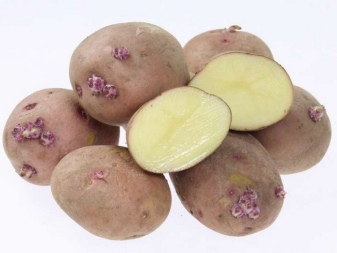
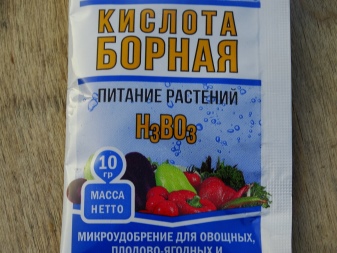
Do not use small or too large root crops for planting. In the first case, the shoots grow weak, which affects the low yield.
When using coarse seed, root formation is faster than the aerial part. Because of this, the stems cannot gain strength and receive the necessary nutrition.
During cultivation, you need to get as many roots as possible. The number of vegetables depends on their number.

Growing conditions and care
The yield of a culture planted in a non-standard way depends on the observance of the rules of care and cultivation. It is important that they match the natural ones.
As the length of the shoots reaches 0.10-0.15 m, powder is performed, which in this case replaces the hilling procedure. Backfilling almost to the foliage will promote the formation of new roots necessary for the formation of young tubers.
It will be repeated as the shoots grow, allowing the formation of several levels of tuber formation. There should be 1/3 of the total height of the bag free from the top edge.
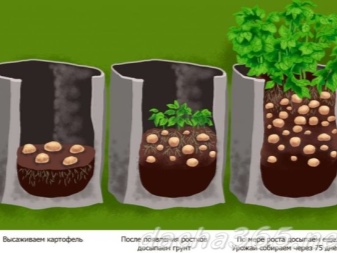
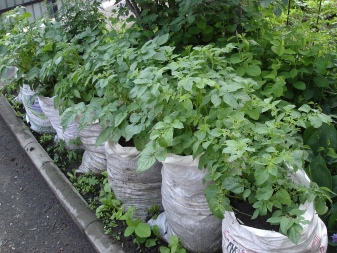
Re-hilling in the form of a bedding is performed when the seedlings grow up to 0.3 m in length. Due to this, lateral shoots will reappear on the trunk, from which the next tubers will begin to form.
In general, caring for a culture is similar to the principle of caring for indoor and balcony flowers. The soil is moistened as it dries, fertilizing is performed as needed, and the soil is kept clean.
During cultivation and bedding, you need to take into account that the potatoes will have different sizes. The tubers located at the bottom of the burlap will have more weight. The closer to the surface, the younger the roots.
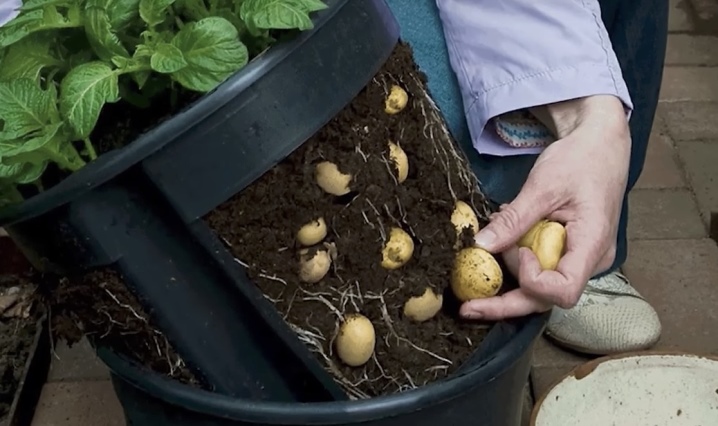
Location
So that the potatoes grow strong and the harvest is plentiful, the bags are placed on the sunny side. Proper heating will speed up the germination of tubers.
Optionally, you can place containers between existing flower beds or bushes. It is important that they are stable and not topple over on their side. You need to grow vegetables in containers available for care.
It is undesirable to install containers in a shady area, as well as under a drain. If it is impossible to arrange them under the walls of a house or a gazebo, this is done along the perimeter of the site (where it is not planned to plant anything).
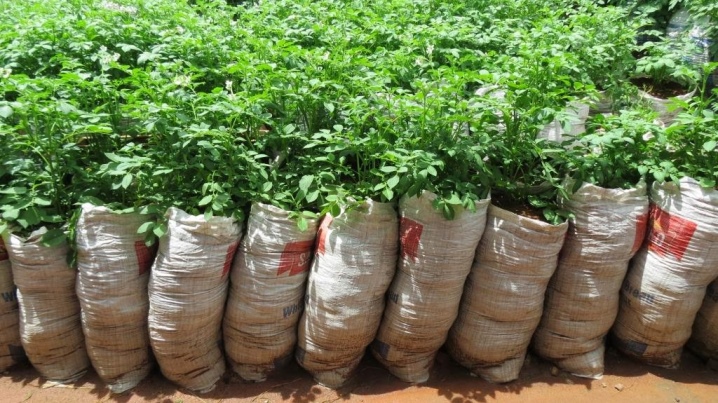
Watering
The first 2 weeks from the moment of planting and until the sprouts appear, it is not necessary to water the culture. After that, special attention is paid to watering.
The climate inside is different from usual, the moisture inside the container evaporates faster. Therefore, the culture will have to be watered not only more often, but also more abundantly.
This is especially monitored during the growing season, when the first tubers are formed in the culture. The volume of water should be sufficient to wet all layers of soil poured into the bag.
You need to water the culture with settled water heated in the sun. On average, watering is performed once a week, without forgetting to loosen the soil for several days.
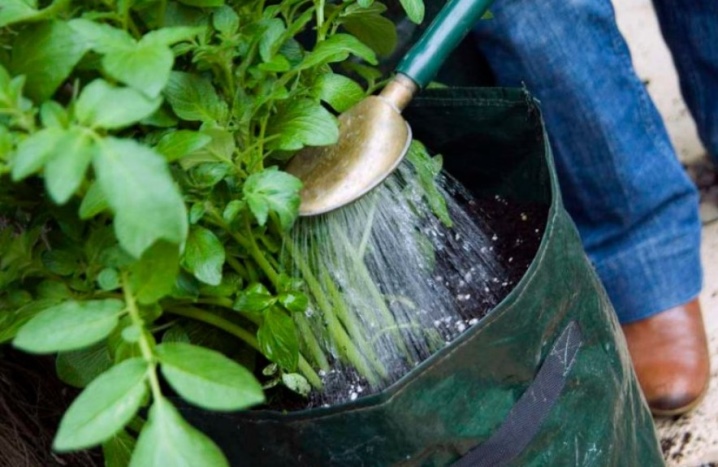
However, in rainy weather, the plants are not watered. The daily rate in dry weather does not exceed 2-3 liters.
Bags installed on the floor of a balcony or loggia must be provided with containers for collecting water. Basins, iron or plastic containers are used as pallets.
Top dressing
Top dressing is carried out in a humid environment. Before using this or that fertilizer, about half a bucket of settled water is poured into each bag.
The potash fertilizers used give excellent results. Nitrogen-containing substances must be handled with care. Due to the abundance of nitrogen, the skin of the tubers suffers, their maturation and storage deteriorate.
The use of potassium sulfate, as well as the so-called "green" fertilizer, has an excellent effect on the yield. This mixture is harvested from chopped grass (nettle, burdock leaves, dandelions), onion husks, rotted foliage.
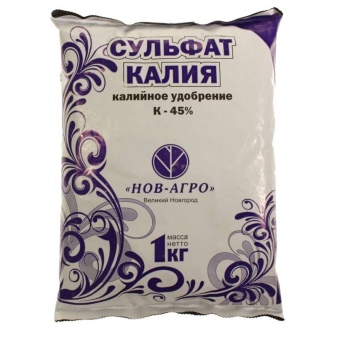
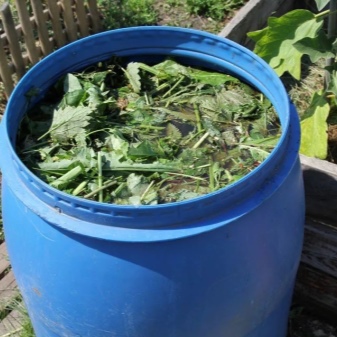
The components are mixed and infused in water for a couple of weeks with occasional stirring. As soon as the mixture acquires an unpleasant odor and a characteristic brownish tint, it is re-diluted with water (1 tablespoon per 10 liters) and the plants are processed.
Poultry droppings or mullein mixed with water and infused for 7 days can be introduced into the soil. In the first case, after insisting, it is re-diluted at the rate of half a liter per bucket of water, in the second - 1 liter of infusion per 10 liters.
Ash fertilizer is applied to the soil with simultaneous loosening. This is done about 5-7 days from the moment of organic feeding. Any soil fertilization should be moderate.
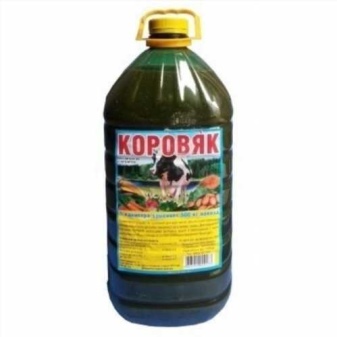
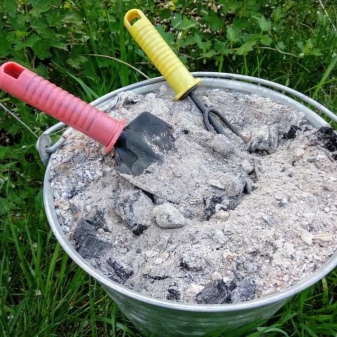
Harvesting
The first tubers of young potatoes can be harvested 5 weeks after planting. The main crop is harvested after the foliage is completely dry. At this time, the potatoes are no longer watered.
Dry foliage indicates that the skin of the tubers has become harder. You can start harvesting on the twentieth of August. On average, 1 planted family potato will yield 1 kg of young root crops. There are times when, with proper care, about 5 or more kg of root crops ripen in one bag.
To empty the contents of the bag, it is piled on its side and the vegetables are freed from the ground. Choosing potatoes from the valve bags is even easier. This does not require shaking out the soil. It is enough to open the valve and select the potatoes.
In the case of black plastic bags, you need to cut them open and harvest them. Whole bags with valves are shaken out after harvest and harvested until next year.
The soil used for cultivation is not used a second time. After it is taken out of the bag, it is scattered over the beds like mulch.
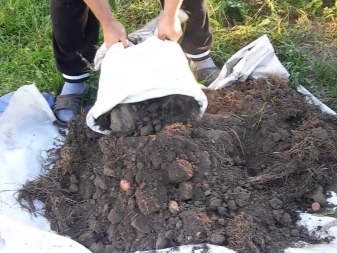
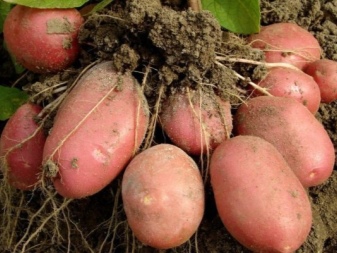
Useful Tips
Some gardeners consider the method of sprouting potatoes in bags to be ineffective. However, this is due to a number of common mistakes.
For example, many summer residents use too long bags for planting. However, in deep containers, plants initially lack sun and moisture, as well as the strength to form strong shoots.
It happens that holes are simply not made in the bags. This is common when using black garbage plastic bags. In this case, there is a problem of water flow. You need to make slots at the bottom of the container.
If the container has a valve, it can also be used to ventilate the root system. Do not overdry the soil: the culture needs water to form inflorescences and grow tubers.
Someone neglects the regular loosening of the soil. In this case, it is better to mulch the ground. To prevent root rotting in especially dense bags, you need to make slots on the sides of the containers.
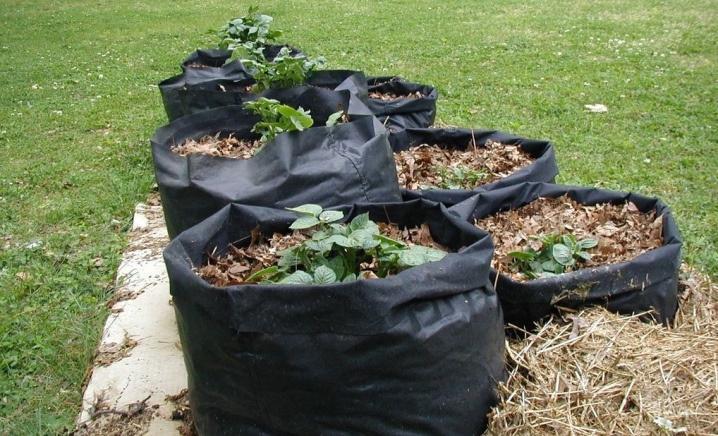













The comment was sent successfully.